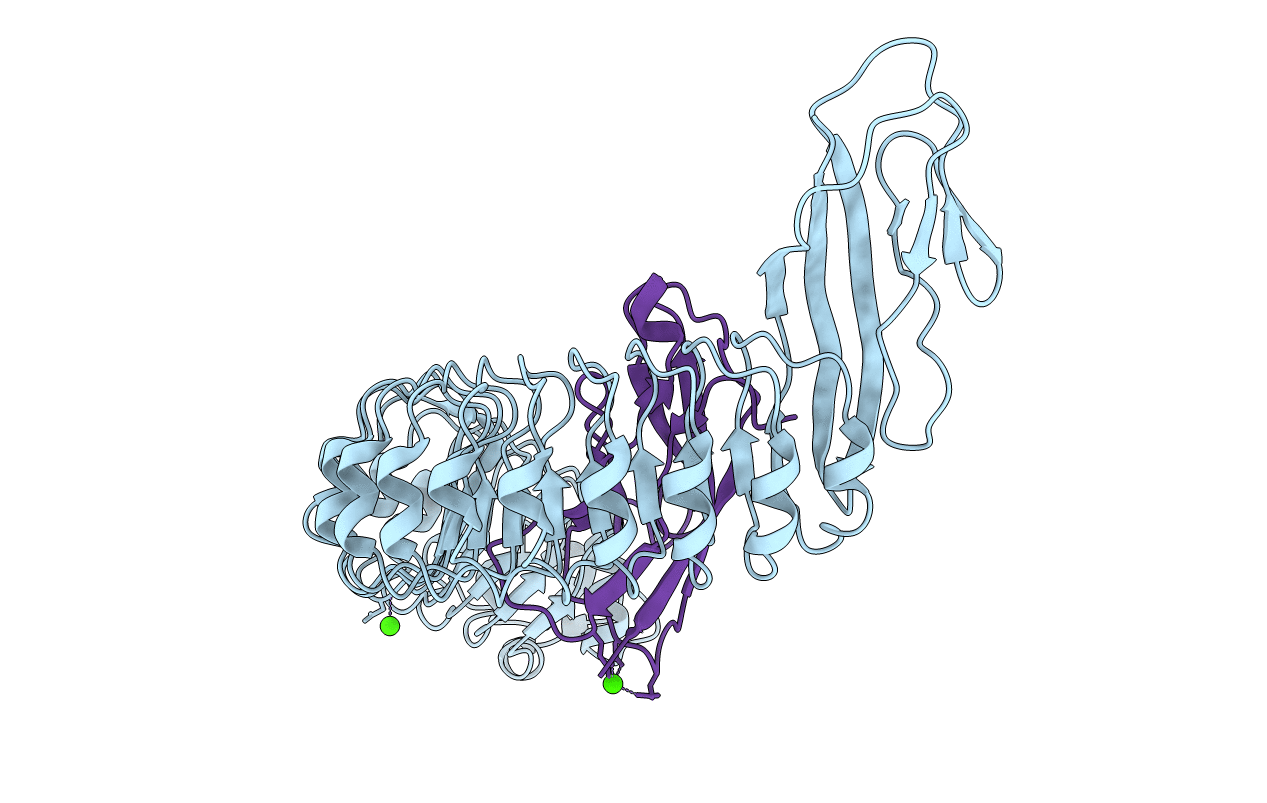
Deposition Date
2007-01-23
Release Date
2007-06-05
Last Version Date
2023-08-30
Entry Detail
PDB ID:
2OMV
Keywords:
Title:
Crystal structure of InlA S192N Y369S/hEC1 complex
Biological Source:
Source Organism:
Listeria monocytogenes (Taxon ID: 169963)
Homo sapiens (Taxon ID: 9606)
Homo sapiens (Taxon ID: 9606)
Host Organism:
Method Details:
Experimental Method:
Resolution:
1.90 Å
R-Value Free:
0.21
R-Value Work:
0.15
R-Value Observed:
0.15
Space Group:
P 21 21 21


